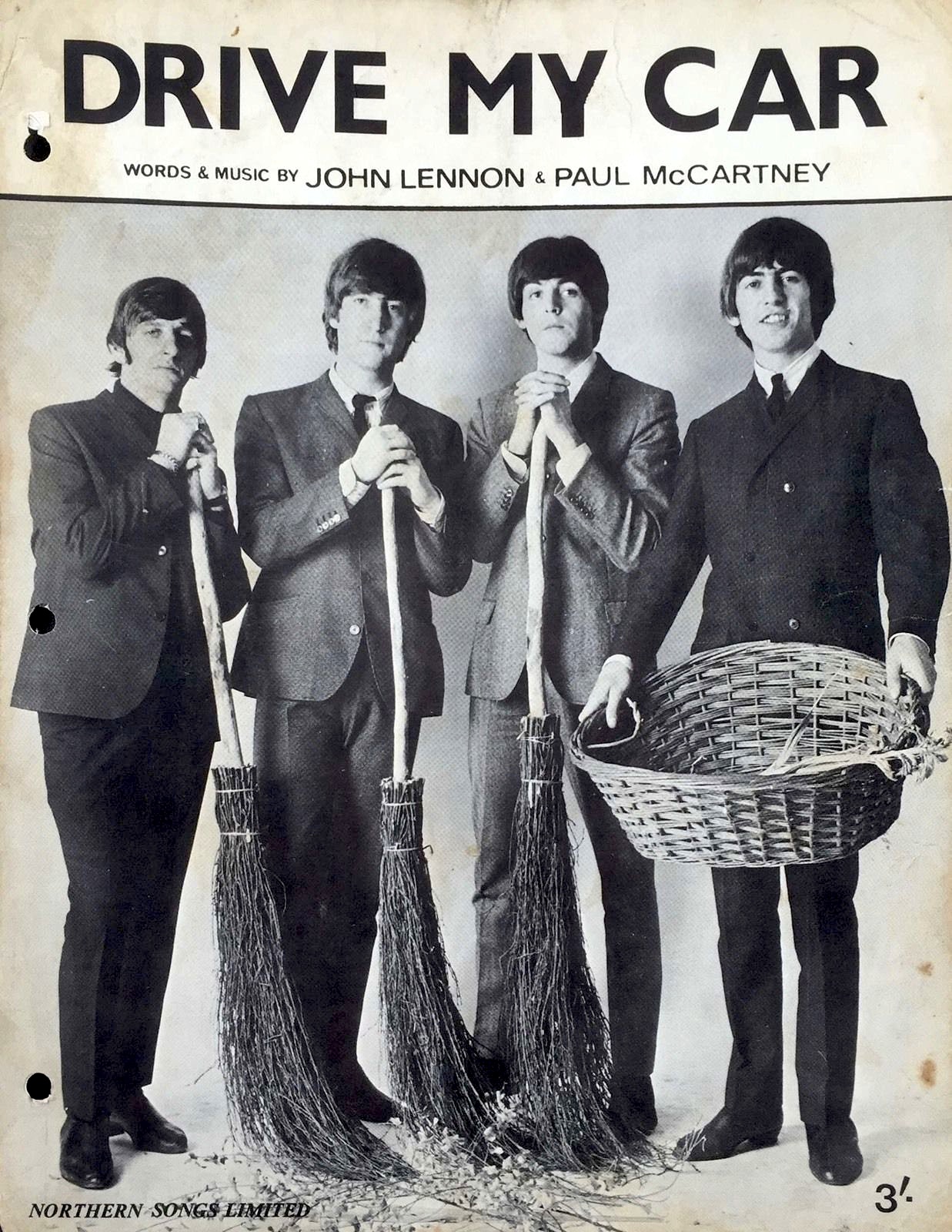About The Song
The Beatles’ “Norwegian Wood (This Bird Has Flown)”: A Psychedelic Ballad of Love and Loss
In the realm of popular music, few bands have achieved the legendary status of The Beatles. Their groundbreaking sound, innovative songwriting, and charismatic personalities captivated audiences worldwide, leaving an indelible mark on the cultural landscape. Among their vast repertoire of hits, “Norwegian Wood (This Bird Has Flown)” stands out as a captivating blend of psychedelic imagery, introspective lyrics, and hauntingly beautiful melodies.
Released in 1965 as part of the groundbreaking album Rubber Soul, “Norwegian Wood (This Bird Has Flown)” marked a departure from the band’s earlier pop tunes, venturing into a more introspective and experimental sonic territory. The song’s opening notes, a swirling sitar riff, set the stage for a journey into a world of mystery and introspection.
John Lennon’s enigmatic lyrics, co-written with Paul McCartney, paint a vivid picture of a fleeting encounter and its lingering emotional aftermath. The song’s narrator, caught in a whirlwind of emotions, recounts a night spent with a woman in a strange Norwegian wood, only to find himself waking up alone and confused.
The song’s psychedelic undertones are further enhanced by George Harrison’s sitar playing, a distinctive instrument that adds an air of otherworldliness to the already enigmatic atmosphere. The lyrics, filled with cryptic allusions and dreamlike imagery, invite multiple interpretations, leaving listeners to piece together the fragments of the narrator’s story.
“Norwegian Wood (This Bird Has Flown)” has been the subject of much speculation and analysis over the years, with some interpreting it as a commentary on the fleeting nature of love and others seeing it as a more literal account of a personal experience. Regardless of one’s interpretation, the song’s enduring appeal lies in its ability to evoke a sense of mystery, longing, and the complexities of human emotion.
The song’s release was accompanied by a promotional film, directed by Peter Goldman, which further enhanced its mystique. The black-and-white film, featuring close-ups of the band members and abstract imagery, perfectly captures the song’s dreamlike atmosphere and adds another layer of interpretation.
“Norwegian Wood (This Bird Has Flown)” has become a staple of The Beatles’ repertoire, performed live on numerous occasions and covered by countless artists. Its influence on popular music is undeniable, inspiring generations of musicians with its innovative blend of psychedelic sounds and introspective songwriting.
The song’s legacy extends beyond the realm of music, having been referenced in literature, film, and television. Its title has become a shorthand for fleeting encounters and lost opportunities, a testament to the song’s enduring power to capture the complexities of human experience.
“Norwegian Wood (This Bird Has Flown)” is more than just a song; it is a cultural touchstone, a work of art that continues to captivate and inspire audiences worldwide. Its enigmatic lyrics, haunting melodies, and psychedelic undertones have cemented its place as one of The Beatles’ most enduring and beloved creations.
